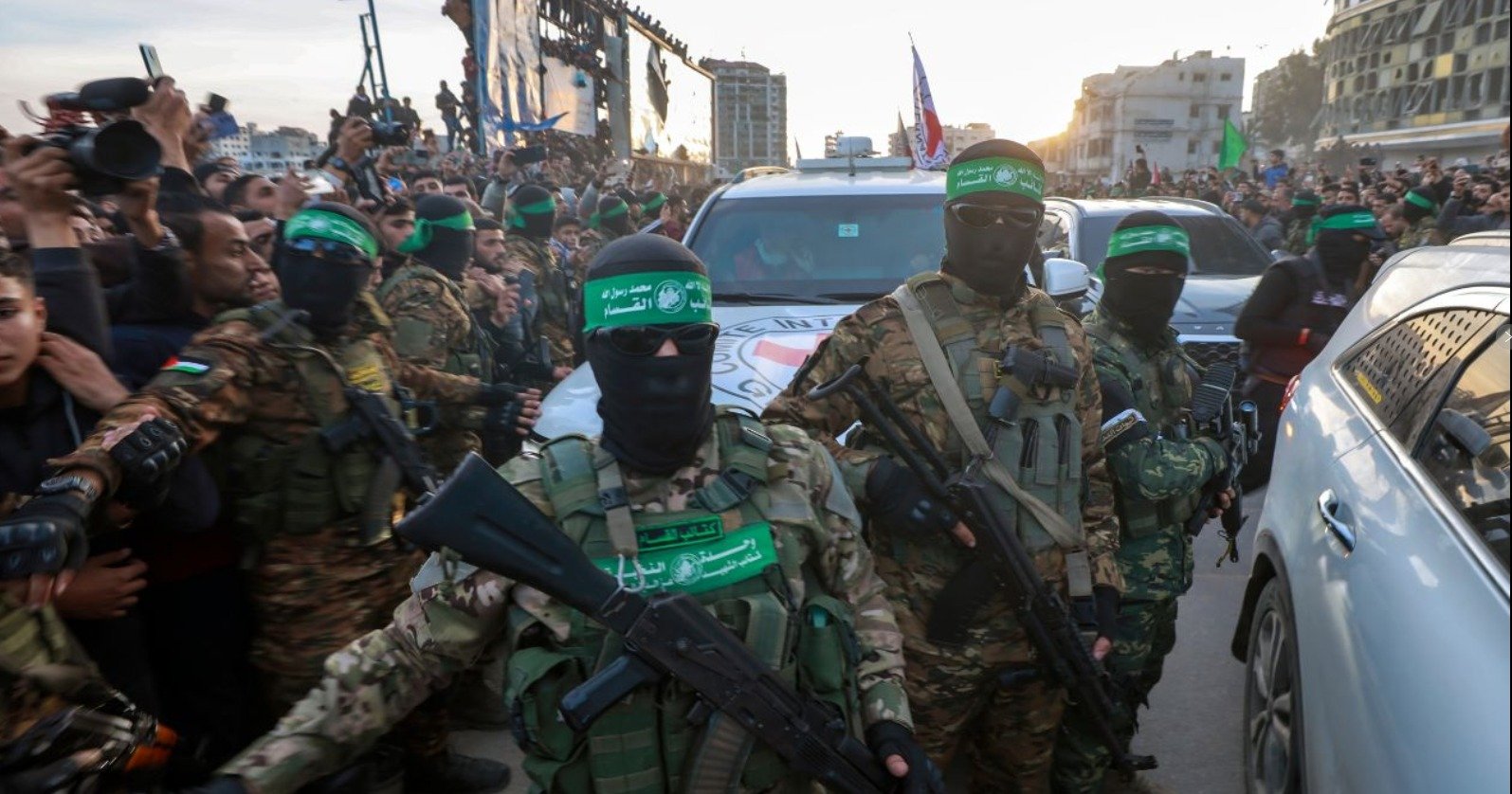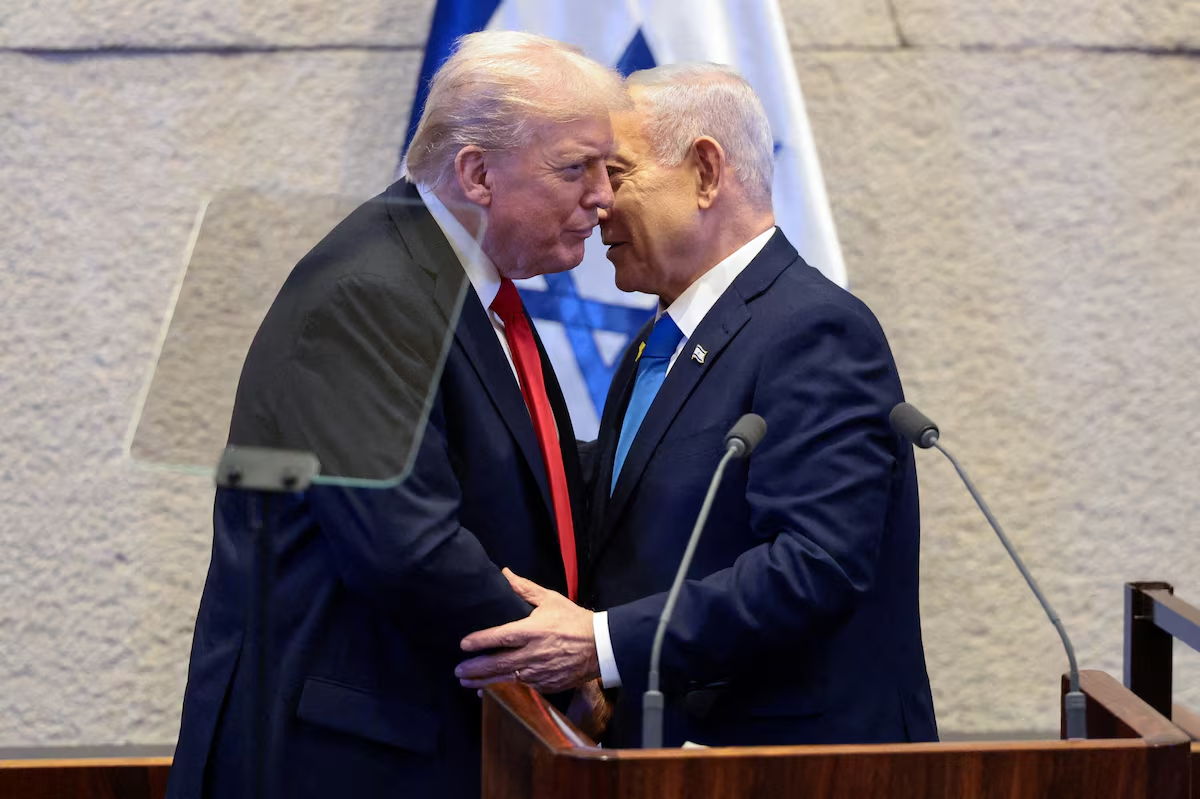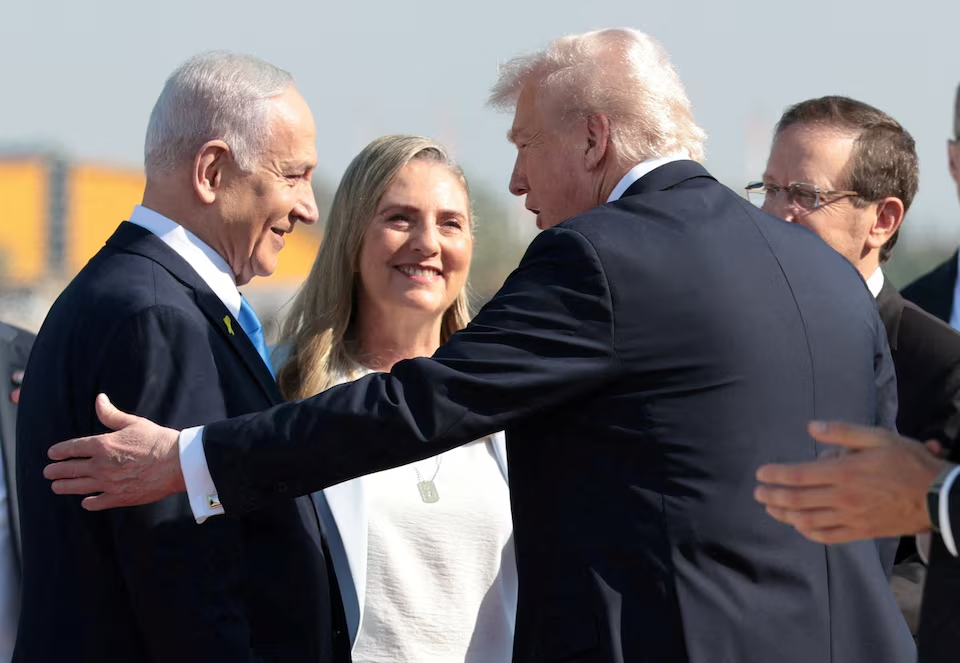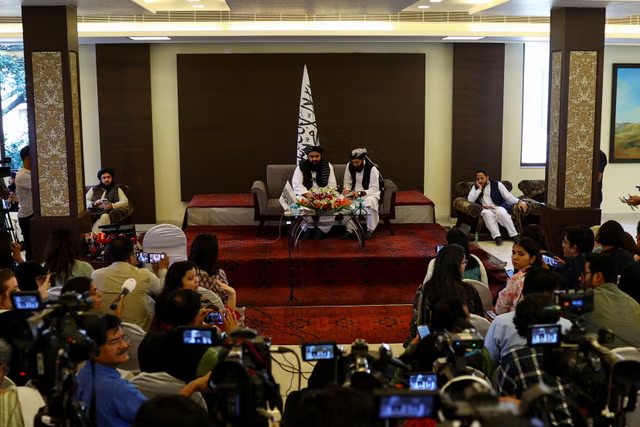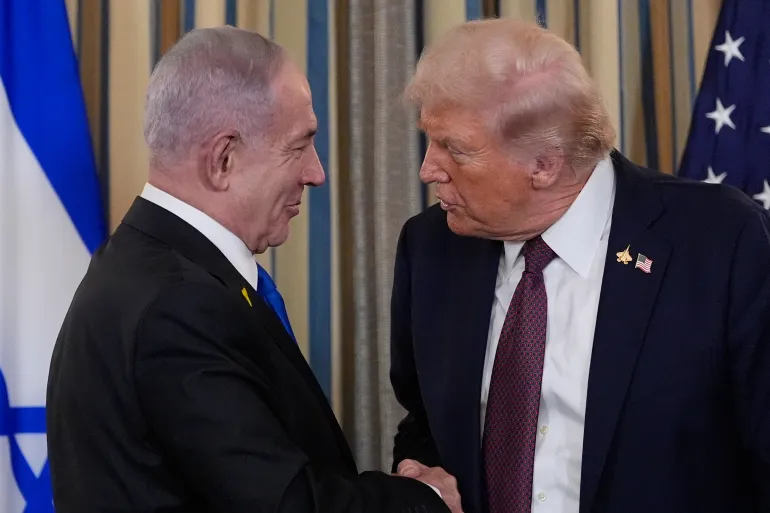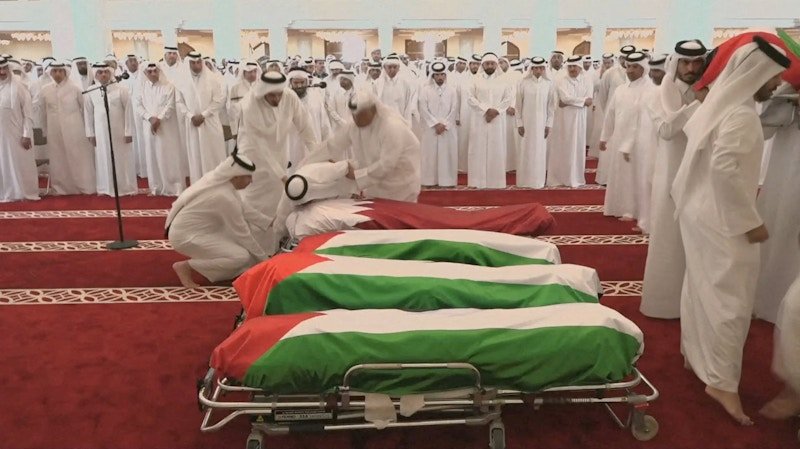After 15 Months of War in Gaza, Ceasefire Brings Calm and Hamas Quickly Emerges
After the ceasefire brought peace to the war-torn cities of Gaza, Hamas quickly reappeared. The militant group not only survived 15 months of destructive war with Israel but has also maintained firm control over the coastal region, which has now become a pile of rubble
After 15 Months of War in Gaza, Ceasefire Brings Calm and Hamas Quickly Emerges
After 15 Months of War in Gaza, Ceasefire Brings Calm and Hamas Quickly Emerges
After the ceasefire brought peace to the war-torn cities of Gaza, Hamas quickly reappeared. The militant group not only survived 15 months of destructive war with Israel but has also maintained firm control over the coastal region, which has now become a pile of rubble. Following the promise of increased humanitarian aid as part of the ceasefire agreement, the Hamas-run government announced it would coordinate the distribution of assistance to the desperate people of Gaza.
Despite the military power deployed by Israel, it failed to remove Hamas from power, which was one of its main goals during the war. This failure raises the possibility of renewed conflict, though the results might be the same.
During the handover of three Israeli hostages to the Red Cross on Sunday, masked Hamas fighters wearing green headbands and military uniforms appeared in front of cameras and held back hundreds of people gathered around the vehicles. Gaza resident Mohammed Abed stated that the police had often been in disguise. "They were always here, but they did not wear their uniforms," fearing being targeted by Israeli attacks.
Other residents mentioned that police had maintained offices in hospitals and other locations where people could report crimes. Israel has repeatedly blamed Hamas for the high civilian death toll, claiming that Hamas fighters and security forces take refuge in residential areas, schools, and hospitals.
Hamas’ Deep Roots in Gaza
Opinion polls consistently show that only a small minority of Palestinians support Hamas. However, this Islamic militant group is deeply entrenched in Palestinian society. Since its founding in the late 1980s, Hamas has functioned as a well-organized insurgent group, launching attacks on Israeli forces and carrying out suicide bombings within Israel.
After winning a landslide victory in the 2006 parliamentary elections, Hamas seized Gaza from the Western-backed Palestinian Authority in 2007. It then established a fully-fledged government with ministries, police, and a civilian bureaucracy.
A Different Kind of War
In the surprise attack on October 7, 2023, Hamas militants killed around 1,200 Israelis. In response, Israel launched air and ground assaults that killed over 47,000 Palestinians and displaced around 90% of Gaza’s population multiple times.
While Israel claimed to have killed Hamas’ top leader Yahya Sinwar, his exiled leadership and local leaders like his brother Mohammed Sinwar have assumed greater roles. Despite the destruction, Hamas has recruited new fighters and strengthened its capabilities.
Post-War Situation
Israeli Prime Minister Benjamin Netanyahu has been criticized for failing to plan for the post-war situation. He has maintained a stance against Palestinian statehood and has warned of resuming military operations if Israel's goals are not met after six weeks of ceasefire.
In this context, even if another military campaign is launched in Gaza, there is no reason to expect a different outcome.


